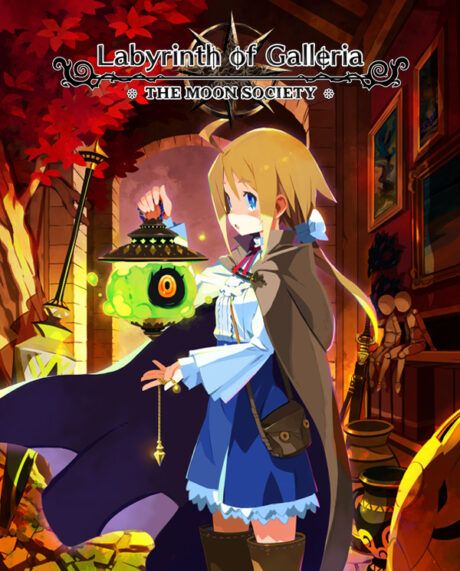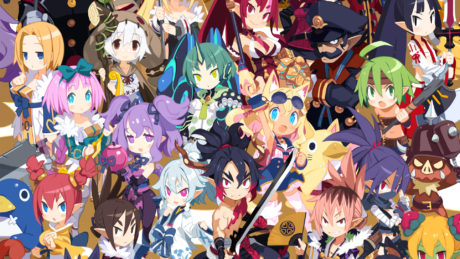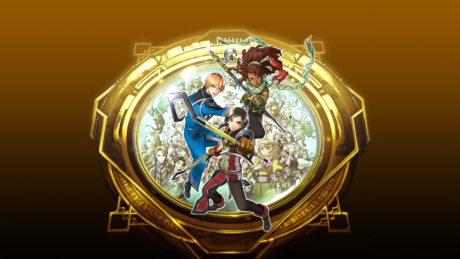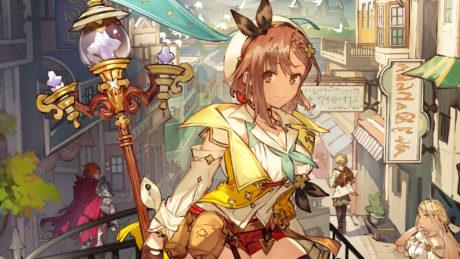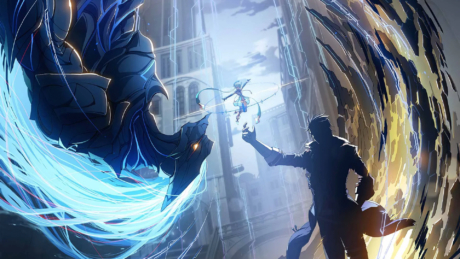Purrr....
- Tactical gameplay
- Making an army
- Problem-solving dungeons
- Familiar soundtrack and illustration
Hisss!
- Constant revisits
- Takes hours to start picking up
Platform
Switch, PlayStation 5, PlayStation 4, PCPublisher
NIS AmericaDeveloper
Nippon Ichi SoftwareSeries
Coven and LabyrinthGenre
Adventure, RPG, Strategy/TacticsPlayers
1File Size (Minimum)
3.8 GBRelease Date (NA)
Feb 14, 2023Release Date (JP)
Nov 26, 2020Filed Under
Labyrinth of Galleria: The Moon Society is a dungeon-crawling, role-playing game (RPG) that has deep gameplay mechanics, but it slowly feeds it to you for hours. Players that can progress through the first few hours will benefit from what this RPG can offer. Labyrinth of Galleria is an addictive dungeon-crawler with great replay value.
A Mystery Mansion

A mysterious labyrinth dwells underneath the Galleria Manor that holds many secrets. Legends say the labyrinth holds a fortune of items for the taking. Many have explored centuries ago but no one has ever returned alive. Instead, stories say body parts were returned instead.
However, that doesn’t stop some from figuring out the mystery behind the dark puzzle. In Labyrinth of Galleria: The Moon Society, you’ll explore the underground labyrinth in search of Curios, cursed objects that are valuable. You’ll face many monsters and traps as well as the story behind the labyrinth.
At the start of the game, you follow a young lady named Eureka who arrives at the Galleria Manor for a job from a flier she came across in her hometown. After passing a few tests, she works with Madam Marta, the head of the exploration team. Your reports and findings will go to the owner of the mansion, Count Bismont. Count Bismont’s main objective is to find the rare Curios known as Curios d’art.
At first, it seems like you’ll play and control Eureka in the expedition, but actually you’ll follow a wandering spirit named Fantie (aka Lanterne de Fantasmagorie). During the test, Eureka helps capture Fantie in a lantern and then becomes Fantie’s medium to help during the labyrinth exploration. It’s an unexpected team, and it certainly breaks the mold of your traditional human element as the protagonist.
Non-Human Team
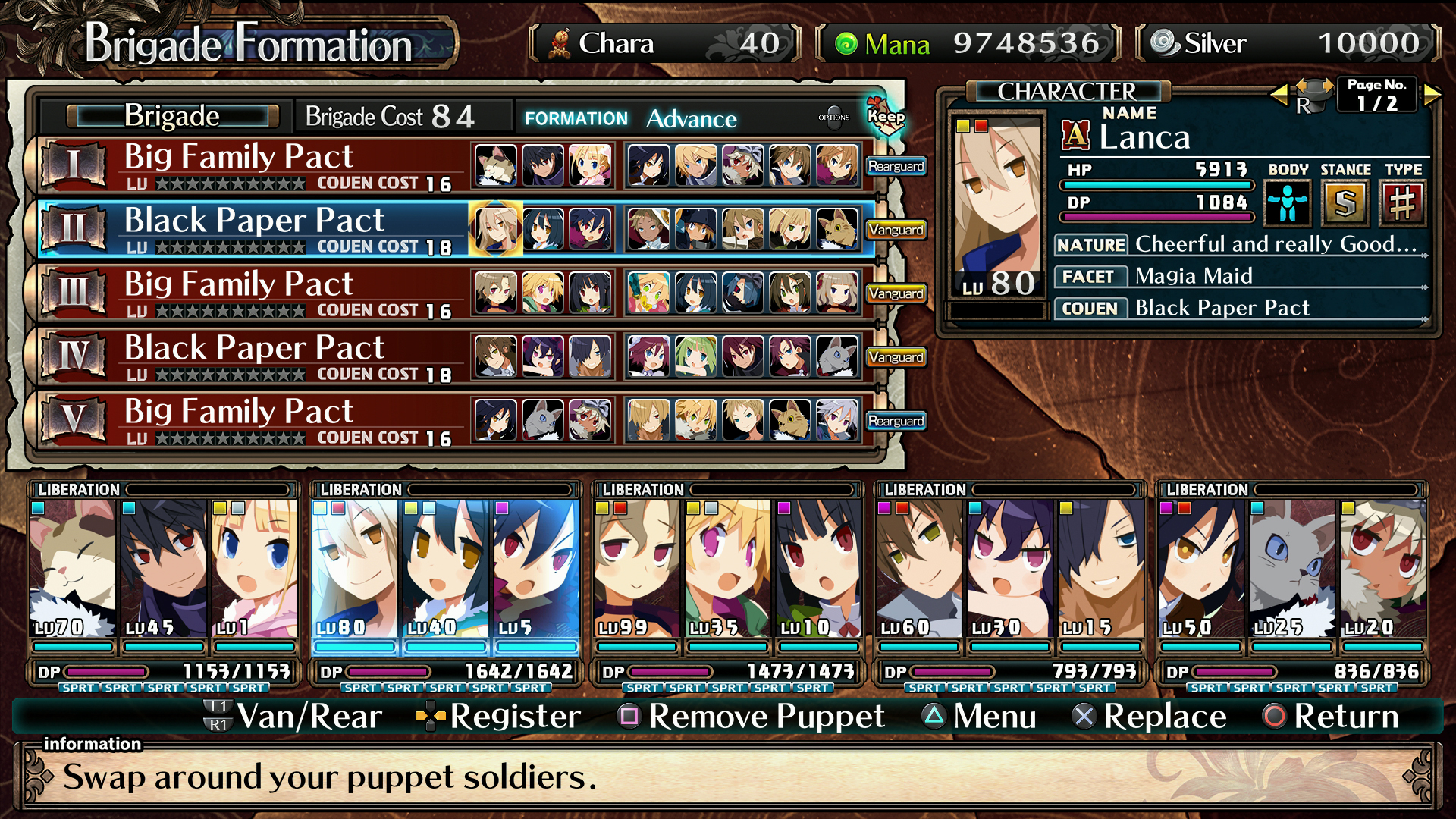
While Fantie is helping out with exploring, Madam Marta’s puppets will be doing most of the work by fighting off monsters. You’ll start with a small amount of puppets to create. When creating, they’ll turn into humanoid figures once they enter the labyrinth. You’ll have a few styles of fighters to choose from: healers, spear fighters, and magic wielders. Players can also choose gender, color palette, voices, skills, stat growths, and more. It’s a wide-open set of options, and you can create as many puppets as you want. As long as you have the funds to buy the puppets and have the collected souls, you can make an army.
When forming your team for the first time, you can have up to five fighters. Further into the game, you’ll have the ability to add even more, all the way up to fifteen. To create your party, you’ll need specific formations that help set up your team. These are earned while playing. There are many ways to set up your teams, and you’ll need numbers to overthrow powerful monsters.
Time to Explore!
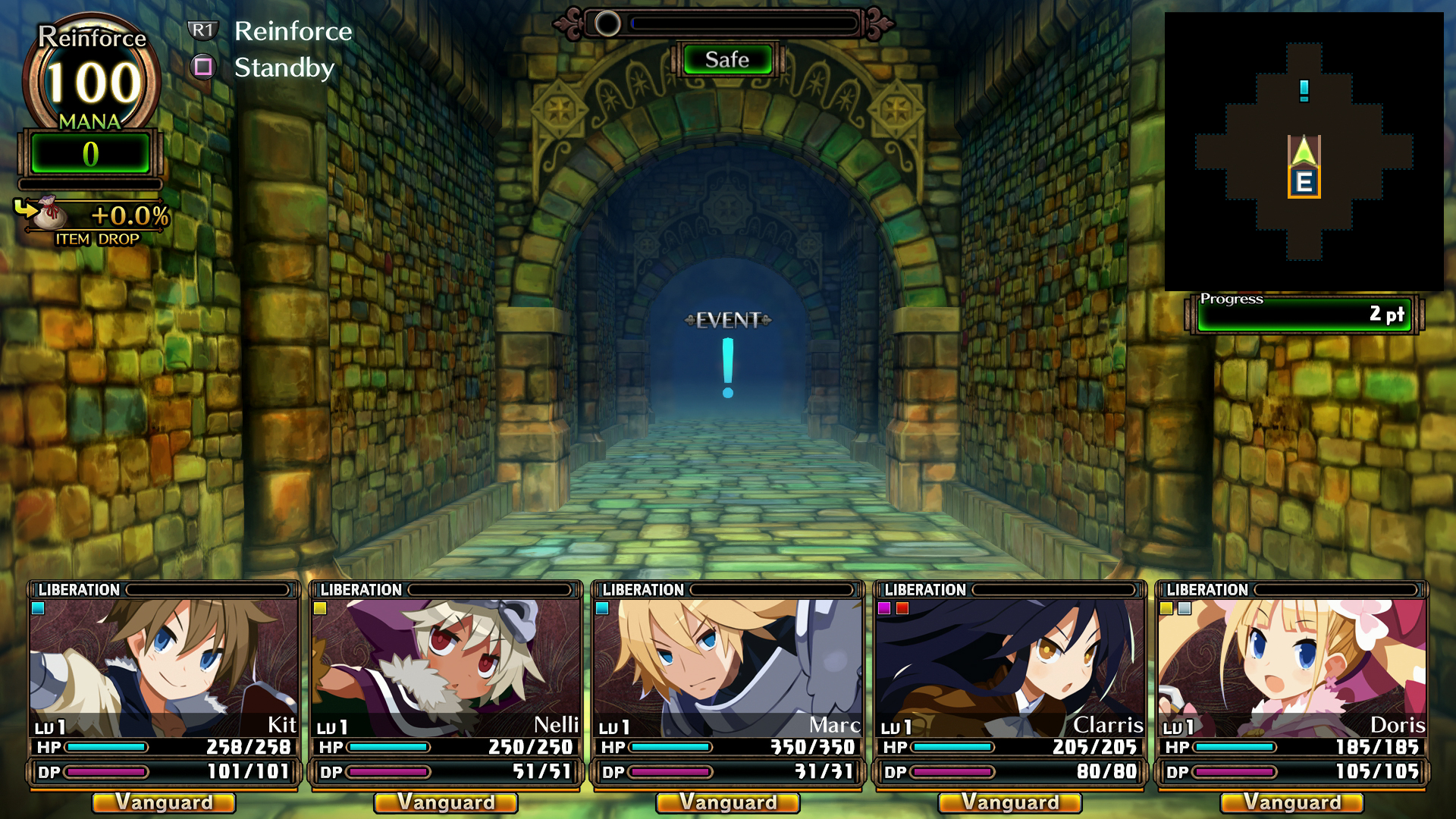
The game is set in a first-person view, so you don’t actually see who you are controlling. However, the game explains that Fantie and Madam Marta’s puppets are doing the exploration. Dungeon exploration maps are set up as grids. The player can move to a square per turn. Additionally, monsters do the same. They are viewable as giant, black orbs. If they spot you, they’ll follow you until you’re out of sight a few squares apart or enter a different floor.
Some monsters don’t always follow the rules. Some will follow you into a different room. While not monsters, players can also come across other moving objects such as a cloud-like sphere. These clouds can take away a party member at random if you come in contact with it. To find the lost teammate, you’ll have to find “hideouts” located on each floor. Once you retrieve them, there’s a chance they will be dead, missing a limb, or have nothing wrong at all. If you leave the dungeon and go back to the surface, they’ll continue to be missing till found. Additionally, you cannot remove their equipment until you find them.
There are traps to watch out for such as pits, poison swamps, deep water, and the ability to fall off the edge if you’re not paying attention. When falling through a pit or accidentally walking off the edge, you’ll land on the next floor but also take a nasty hit to the health of each puppet on your team. Some may perish if you’re not careful. Be sure to have plenty of healing and revive items.
One of the best features offered early in the game is the ability to break down walls. This opens a new world of exploring and especially helps in finding Curios. Curios are found on each floor and located in large, decorative chests. However, you’ll have to go through many hoops to get to them. Many of them require you to search every nook and cranny by breaking down walls. Some are in plain sight but require a lengthy boss battle. For the game to continue its story, you’ll need to find each Curios d’art. Moreover, for each new floor you reach, you need assistance from your witch colleague to explore further. For example, players will have to take on a required side-quest to find ingredients for a talisman to explore cursed areas.
Revisiting dungeon areas does gradually become dull, but it’s surprising how many secret areas are still hidden when revisiting the same dungeon countless times. The more areas you explore the first time, the more the game rewards you with items such as money, weapons, and more.
Retreat to HQ
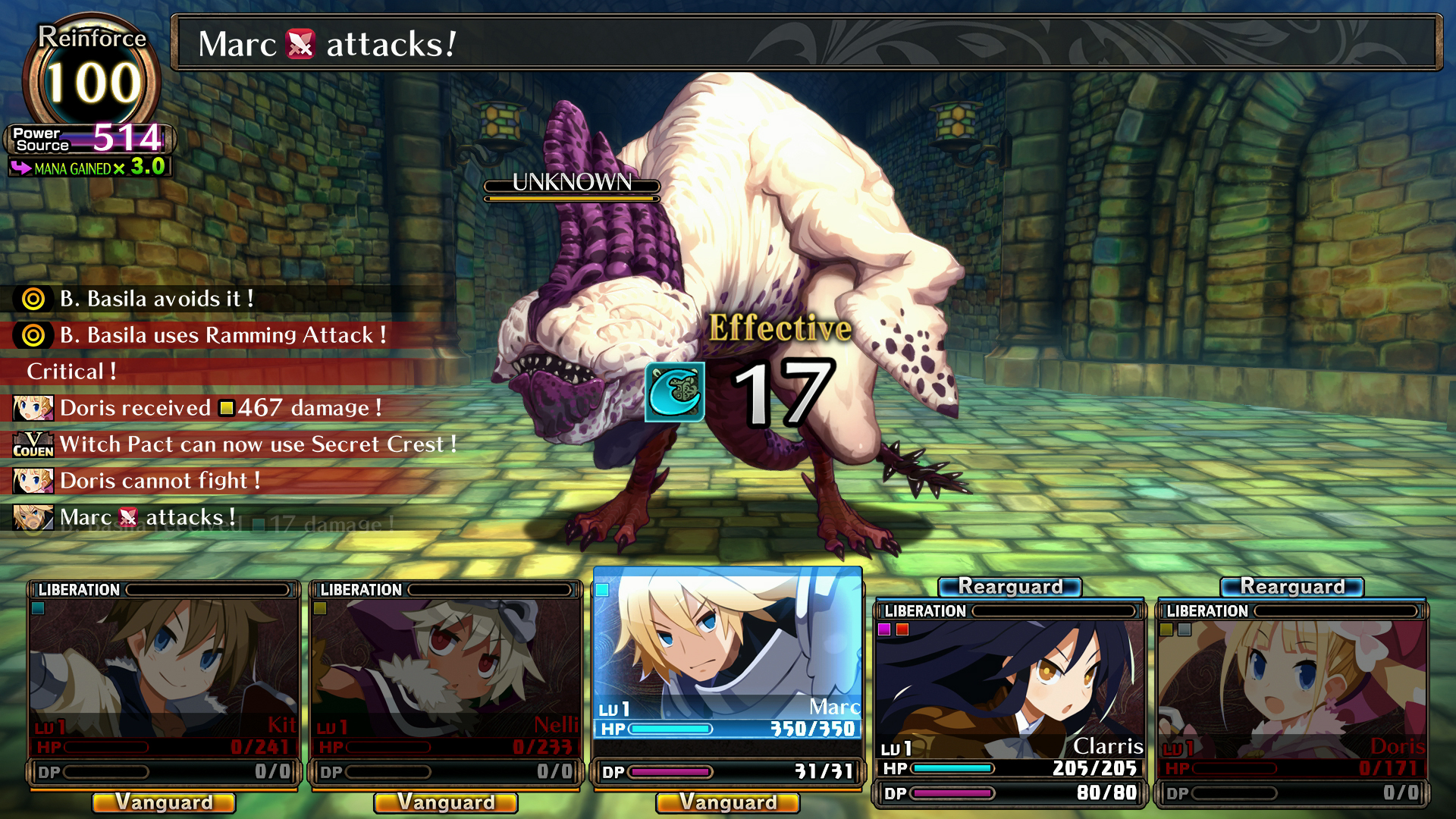
For a while in the beginning, if you want to go back to the surface, you’ll have to return to the place where you first entered the dungeon. Doing this will tally all your experience and tell you how much exploration you’ve accomplished. In a pinch, you can use the game’s escape item, the Witch’s Bell, to immediately go back to the surface. Later in the game, you’ll have the ability to teleport out. However, using these options will make you forfeit a percentage of the mana you’ve collected.
Mana is one of the currencies used in the game to help synthesize items in the alchemy pot and gain abilities from the Witch Petition (e.g., leave notes on a map, or perform long jumps). Be sure not to go overboard on mana collecting as some floors give a limit before nasty monsters begin to follow you.
If you are defeated in battle, which will happen many times, not only will you lose 100% of the mana you collected but also all the limbs from your puppet. Taking a positive view, you’ll be automatically transferred back to the surface to regroup, heal, and look through the treasures you found before being defeated.
Slow Feeding
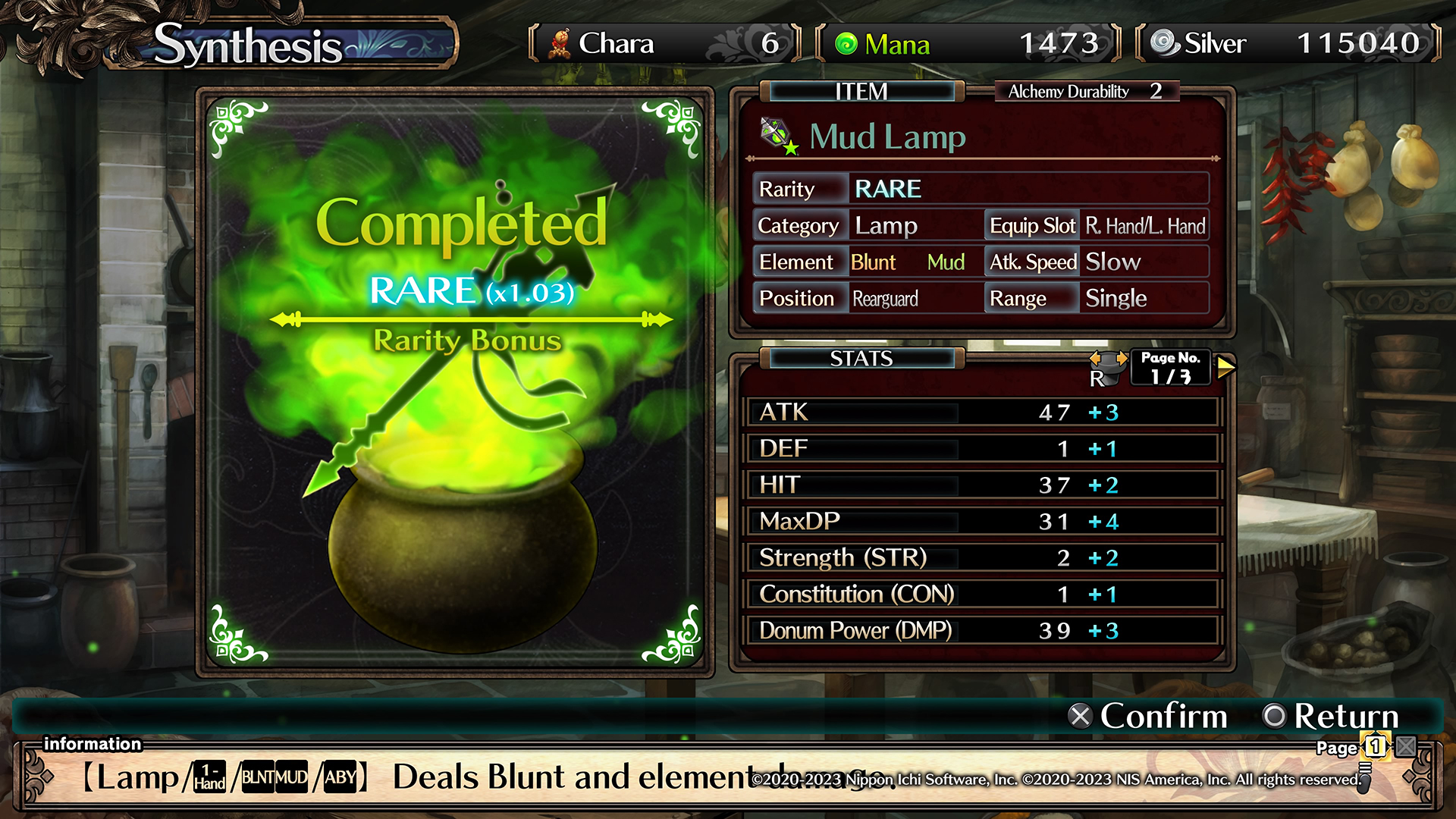
There’s a lot of mechanics in this dungeon-crawler, and the game slowly feeds it to you bit by bit. After many hours in, you’ll still be learning new mechanics and ways to play. This includes learning new formations to build teams, getting the alchemy pot to upgrade your weapons and equipment, plus more.
Sometimes, tutorials come in a bit late and should have been available from the beginning. For example, finding “sealed equipment” lets you gain higher stat items when opened correctly through the alchemy pot. Not knowing how to open them when starting off, players will want to open them with force instead of alchemy, thus getting equipment with lower stats.
When new options are available, it makes Labyrinth of Galleria: The Moon Society more entertaining and opens the flood gate on how to explore dungeon areas you couldn’t get to earlier. Monster battles become more fluid, too.
New Ways to Play But at a Cost
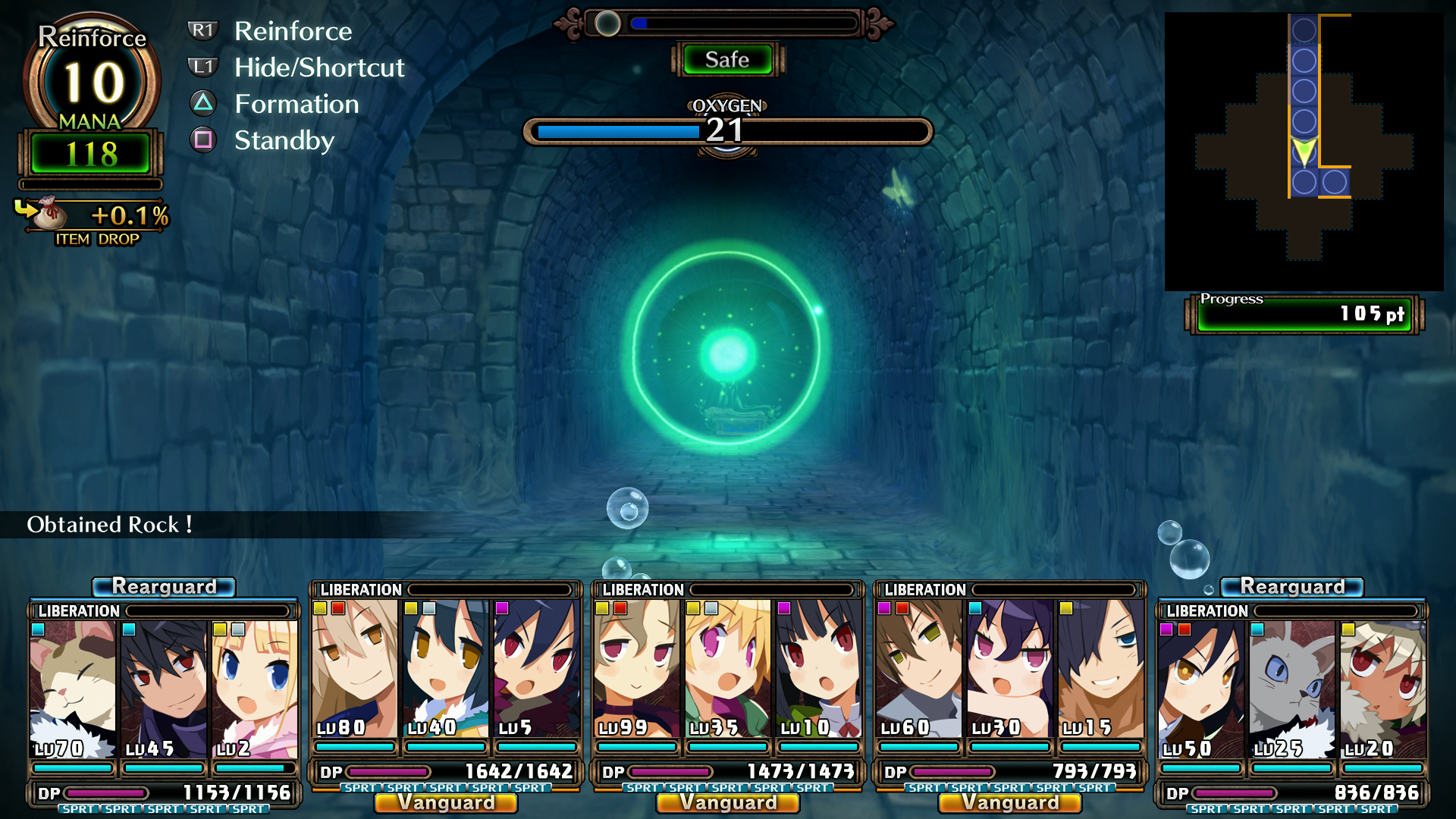
Many new features require you to spend mana that you’ve collected. Breaking down dungeon walls, performing long jumps, and more require you to pass petitions to use. But there are some techniques used that will take away your “reinforce” count. Reinforce is a set of points that can be used while exploring the dungeon. For example, breaking down a labyrinth wall takes three points away. In battle, you can use one reinforce point to use inventory items (which is unfortunate; it’s not available by default). If that wasn’t enough, some dungeon levels require a toll to enter from the base, so you won’t start at 100 reinforce points off the bat. However, you can replenish your reinforce points by collecting mana while exploring.
Clearly, the game sets these limits to give players a challenging time, but it also makes them be tactical about how to spend points. It doesn’t take away from the gameplay but instead adds to it.
New Vocabulary with a Familiar Vibe
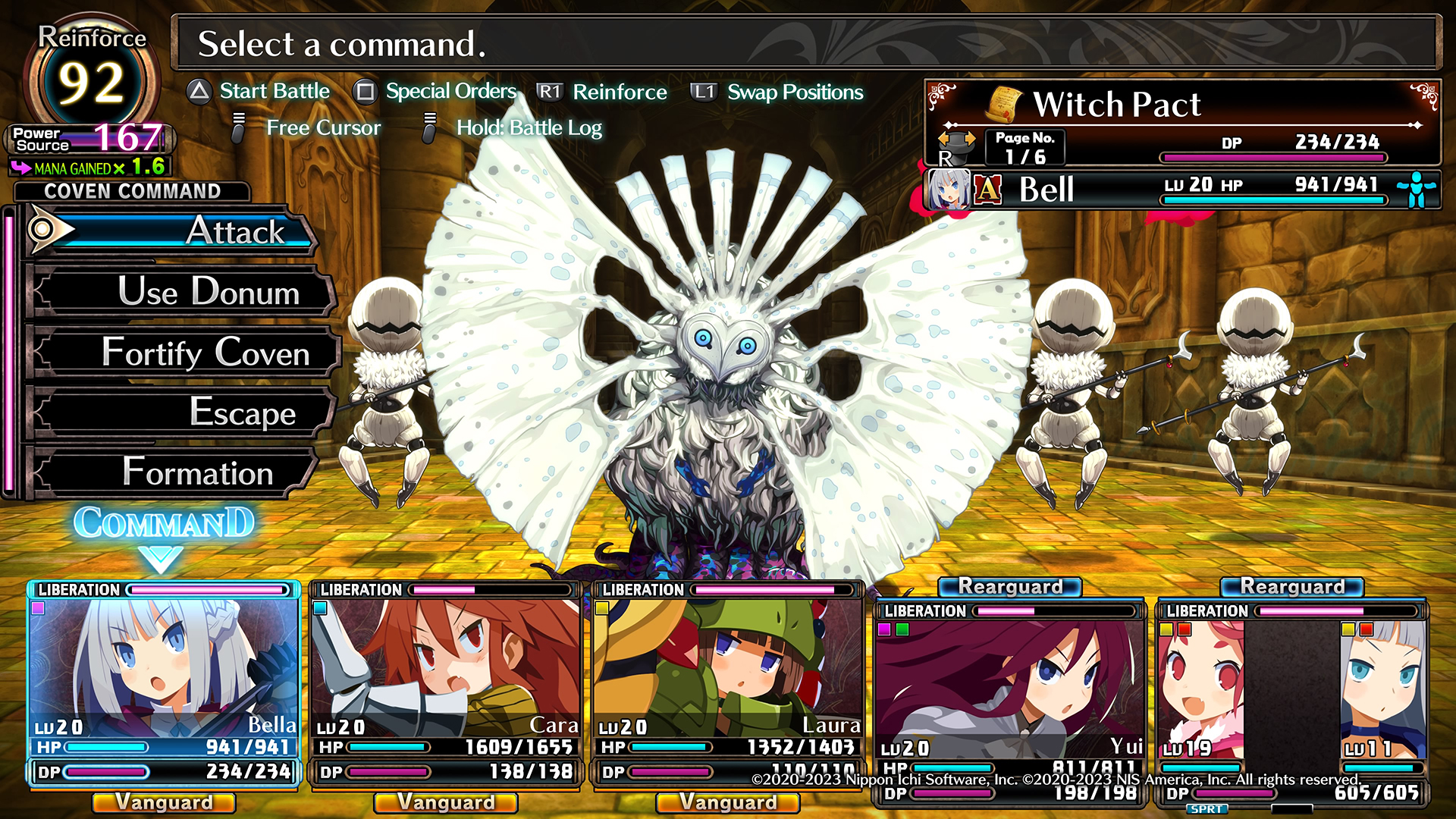
Players who’ve played many RPGs know the standard vocabulary to get around, such as health points (HP), magic points (MP), job classes, etc. In Labyrinth of Galleria, it feels like a new set of vocabulary replaced the norm. Instead of MP, it’s donum points (DP). Liberation is another word for “Limit Breaks” for you Final Fantasy players. There are many more substitutions, so expect a learning curve to understand the game’s mechanics.
Meanwhile, the game’s style, from its user interface to its illustrations and soundtrack, makes it feel like a spin-off title of the Disgaea series. It shouldn’t be a surprise as Nippon Ichi Software, the creator of that series, are responsible for Labyrinth of Galleria: The Moon Society. The game’s humor, occasional gory scenes, and nearly nude illustration scenes give the game a Mature rating. Speaking of Disgaea, fans of the series and dungeon-exploring should definitely pick this game up for a different tactical experience.
Control Your Destiny
Those playing on the PlayStation 5 will notice that the controller’s color changes based on the events in the game. For example, it’ll be orange during battle and blue when back at headquarters. There’s no relevance to the story; it’s a purely cosmetic change. In a similar vein, there’s no haptic feedback to take advantage of the controller’s features. Instead, during critical attacks, for example, it merely gives off the general rumble. As for the Nintendo Switch, players will enjoy exploring the mysterious labyrinth anywhere. A fun, dungeon-exploring adventure awaits.
The Last Exploration
Labyrinth of Galleria: The Moon Society will eat away hours of your time with its unique gameplay. Although it does take time to learn everything the game has to offer and can be challenging, it all adds to the experience. From one puppet to another, it’s well worth a trip to the labyrinth, even if you lose a limb or two.
A PlayStation 5 review code provided for this review and gameplay footage. Players can visit the official website for purchasing and more details.
